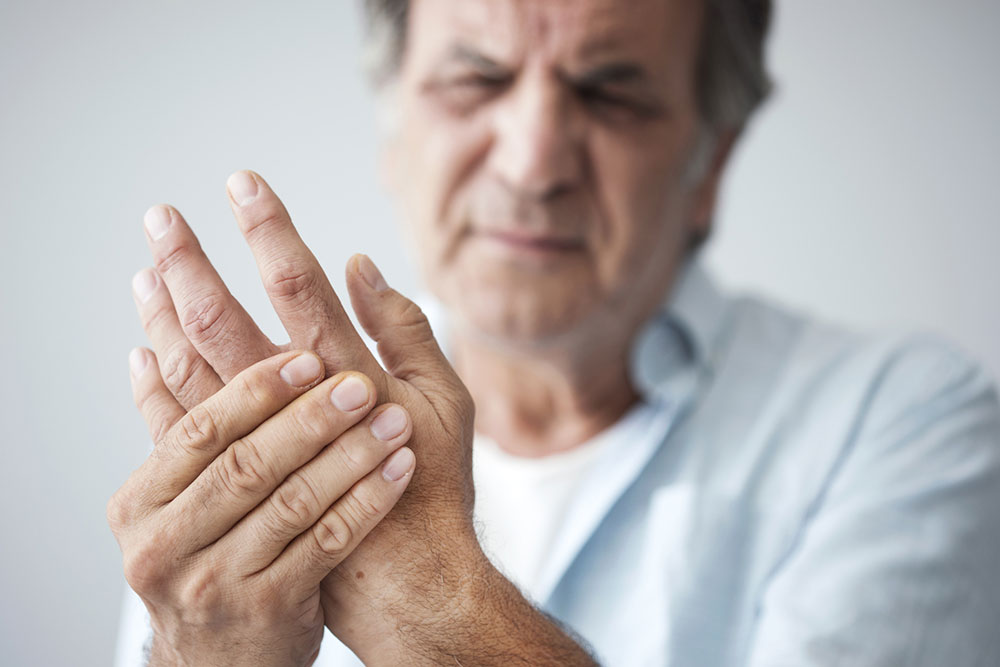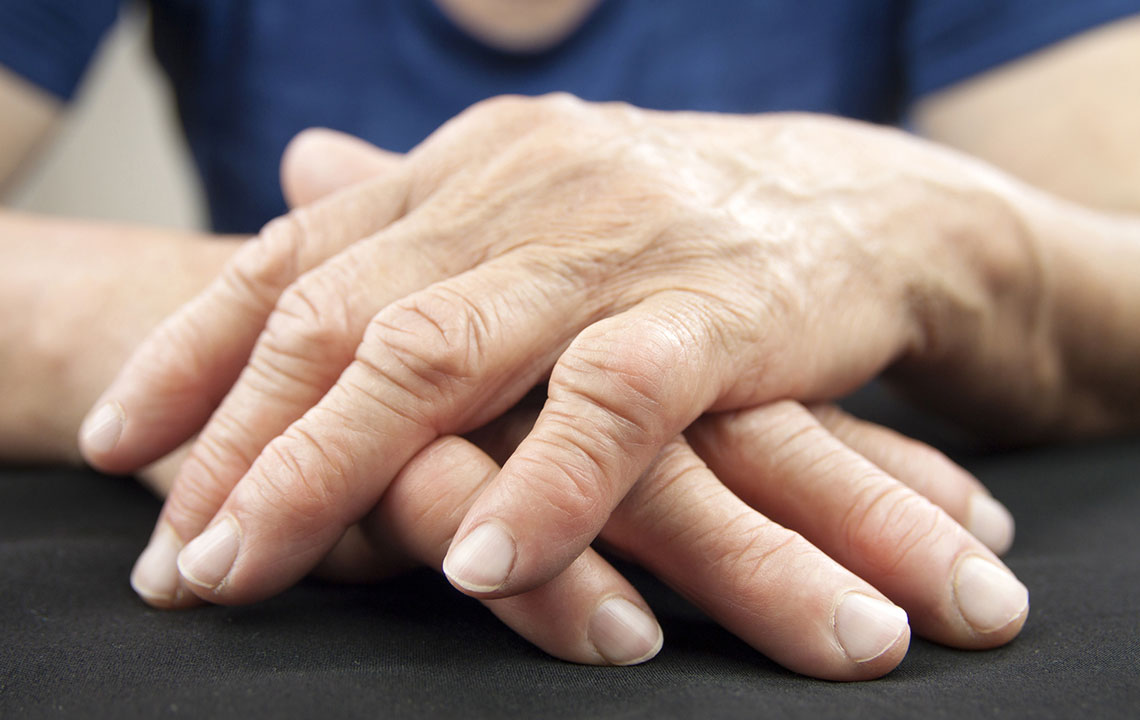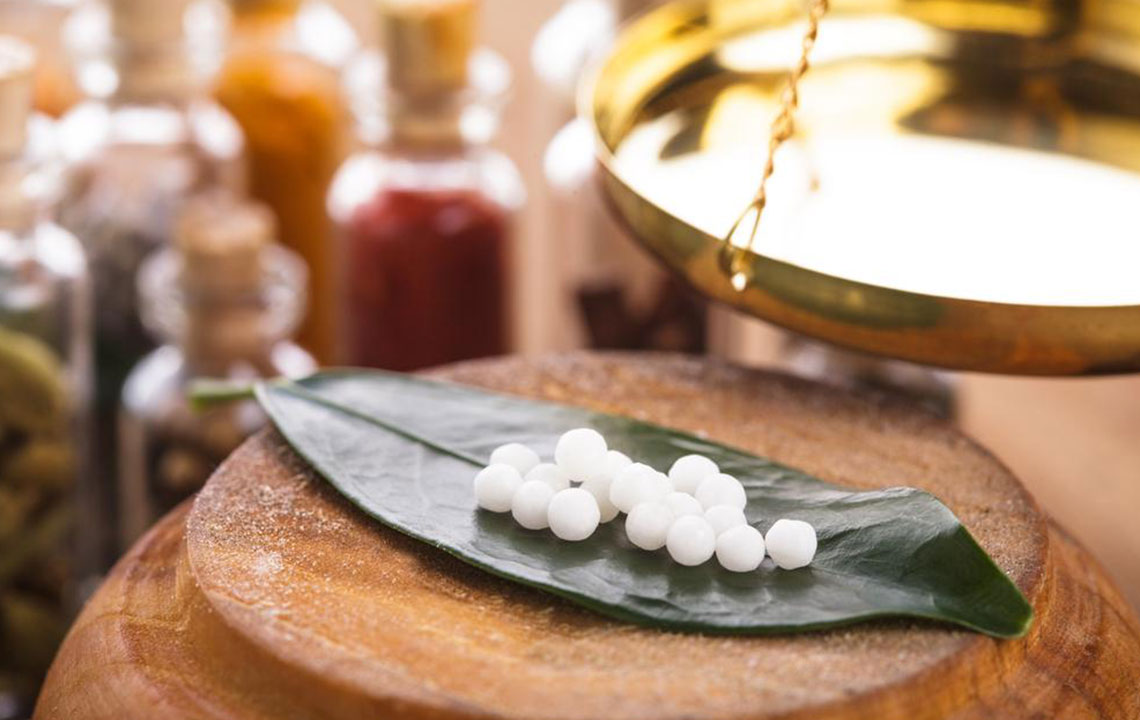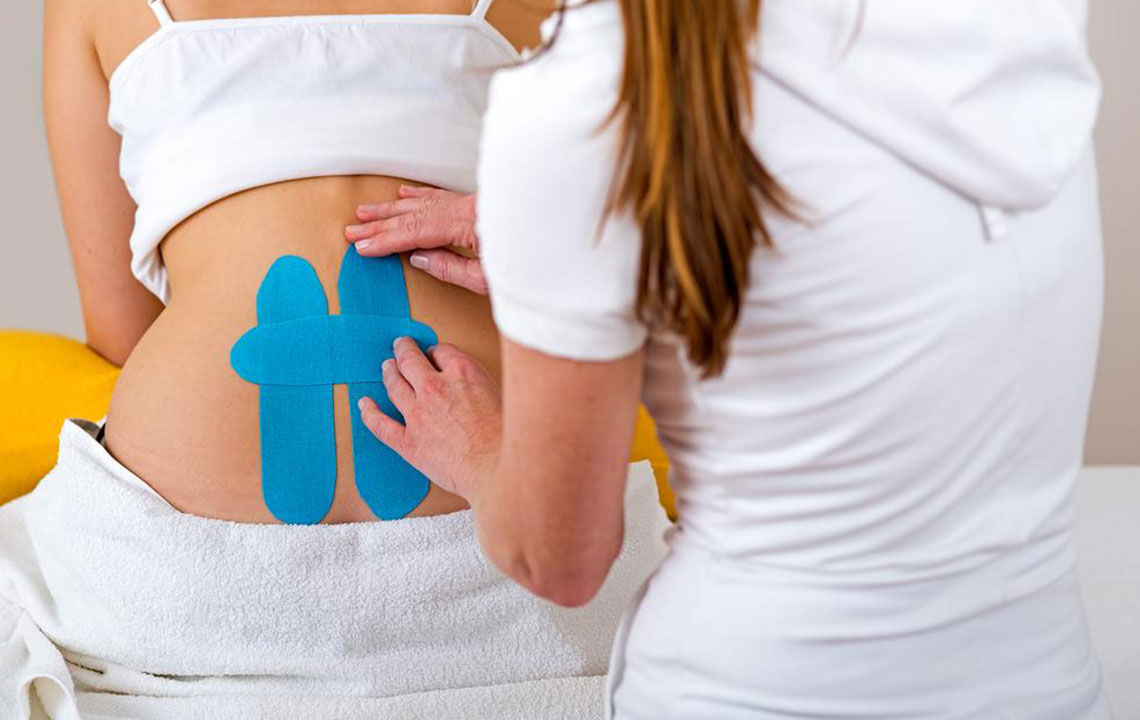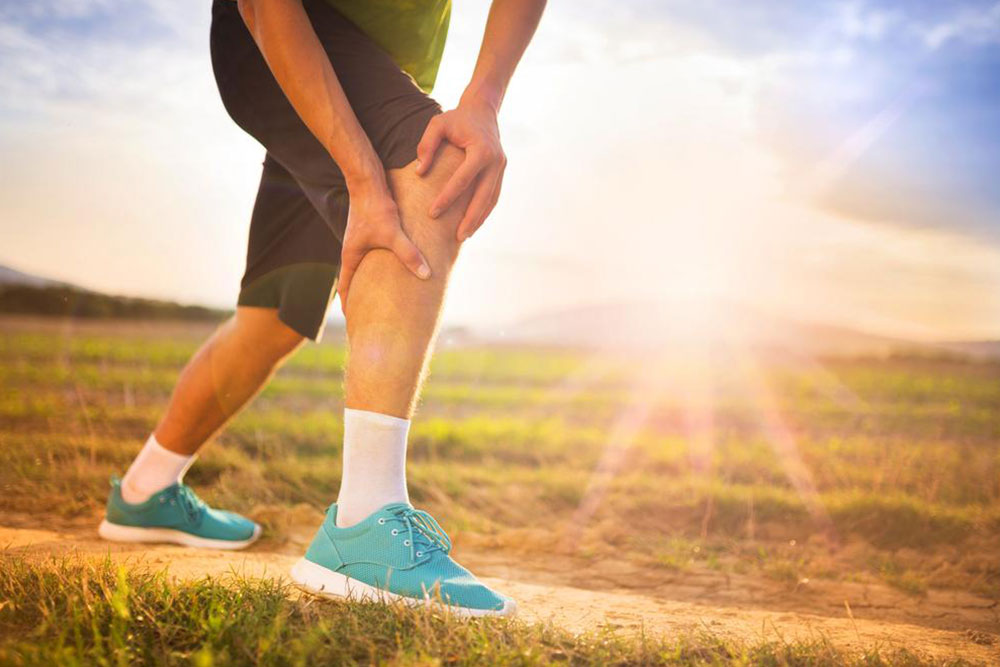Comprehensive Home Strategies for Alleviating Arthritis Symptoms Naturally
This comprehensive guide explores natural and effective home strategies to manage arthritis symptoms. It covers exercise routines, temperature therapies, alternative treatments like acupuncture and magnetic therapy, massage techniques, mindfulness practices, and topical remedies. Implementing these lifestyle adjustments can significantly improve joint health, reduce pain, and enhance overall quality of life for arthritis sufferers. Discover practical tips and expert recommendations to help you live comfortably despite arthritis challenges.
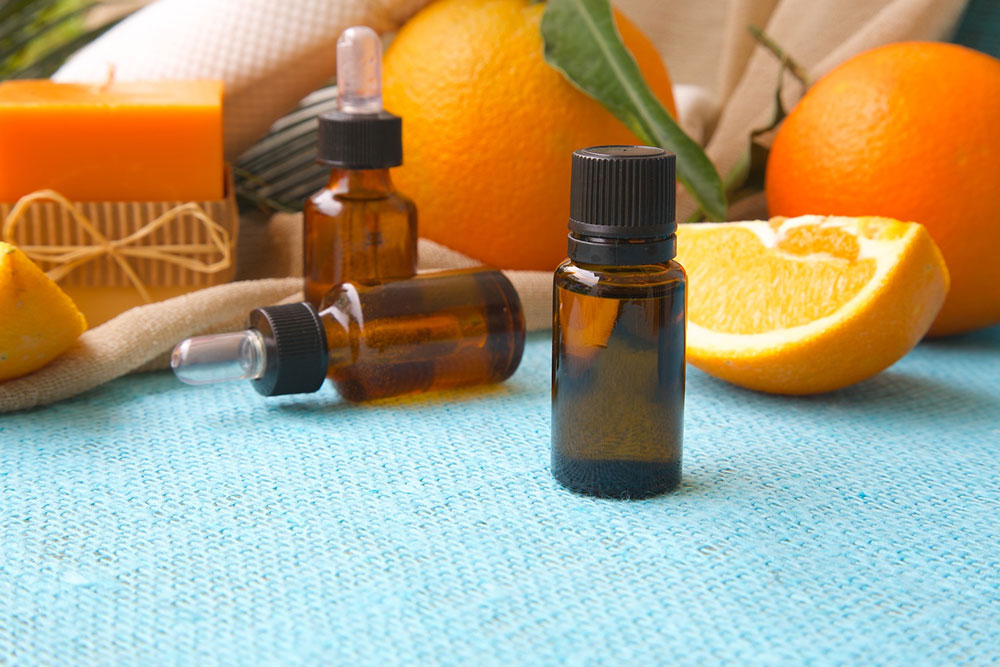
Effective Home Strategies for Managing Arthritis Symptoms
Arthritis is a common chronic condition characterized by inflammation of the joints, leading to pain, stiffness, swelling, and decreased mobility. It primarily affects older adults but can occur at any age, impacting quality of life significantly. While there is currently no definitive cure for arthritis, numerous at-home strategies and lifestyle modifications can significantly help in managing symptoms, reducing pain, and improving joint function. Adopting these natural and practical approaches can empower individuals to take control of their condition and enhance their overall wellbeing.
This comprehensive guide explores various home-based methods that have proven beneficial for arthritis sufferers. From gentle exercise routines and temperature therapies to alternative treatments and relaxation techniques, these strategies provide a holistic approach to symptom management. Implementing consistent habits tailored to individual needs can improve joint health, decrease discomfort, and promote a better quality of life.
Here are some evidence-based and practical methods for managing arthritis effectively at home:
Regular Exercise and Movement
Engaging in appropriate physical activity is crucial for maintaining joint flexibility and reducing stiffness. Although movement might seem challenging initially, gentle routines such as low-impact aerobics, stretching, and strength training can help improve circulation, strengthen muscles supporting the joints, and decrease inflammation. Consulting a physical therapist to develop a personalized exercise plan ensures safety and effectiveness. Activities like swimming and water aerobics are particularly suited for arthritis patients, as water buoyancy reduces joint stress while promoting movement.
Warm Therapy Techniques
Applying heat is an effective way to relax tense muscles, increase blood flow, and reduce joint pain. Common methods include the use of heating pads, warm compresses, or taking warm baths. These therapies are especially useful before activity to loosen joints or after activity to soothe soreness. Ensure temperatures are comfortable and not excessive to prevent burns, and always consult your healthcare provider before beginning heat therapy, particularly if pregnant or managing hypertension.
Cold Therapy for Inflammation and Swelling
Cold packs or ice wrapped in a towel can help decrease swelling and numb sharp pain in affected joints. Applying cold therapy for approximately 15-20 minutes every half hour as needed can provide effective relief. This approach is particularly useful after activity or during flare-ups. Avoid direct skin contact with ice for extended periods to prevent skin damage, and seek medical advice if symptoms persist or worsen.
Magnetic Therapy – A Natural Pain Relief Option
Magnet therapy involves wearing magnetic bracelets, rings, or patches purported to reduce pain through magnetic fields. While scientific evidence varies regarding efficacy, many users report symptom relief, especially from osteoarthritis. It is a non-invasive, drug-free approach that can be incorporated into daily routines. Always choose professionally designed magnetic products and discuss this option with your healthcare provider before use.
Acupuncture and Traditional Chinese Medicine
Acupuncture, an ancient Chinese practice that involves inserting fine needles at specific points on the body, may help balance energy flow, reduce inflammation, and diminish pain. Some studies support its use as part of an integrated approach to arthritis management. If considering acupuncture, seek qualified practitioners who specialize in treating musculoskeletal conditions. Acupuncture can be an effective complementary therapy to conventional treatments.
Aromatherapy for Mood and Wellbeing
While aromatherapy does not directly target joint pain, it plays a valuable role in improving mood, reducing stress, and promoting mental relaxation. Essential oils such as lemon, eucalyptus, or lavender can be diffused or used in massage blends. Always perform patch tests to rule out allergies and consult a certified aromatherapist for safe usage, especially if you have other health conditions.
Gentle Massage Techniques
Regular, gentle massage can help lessen joint pain, improve circulation, and reduce inflammation. Using natural oils or topical creams, massage therapy can also alleviate muscle tension surrounding affected joints. This practice promotes relaxation, reduces stress, and enhances overall pain management. It’s advisable to consult a professional massage therapist experienced in arthritis care for targeted treatment plans.
Meditation and Mind-Body Practices
Mindfulness meditation, deep breathing exercises, and relaxation techniques can significantly lower stress levels, which often exacerbate arthritis symptoms. Incorporating meditation into daily routines nurtures mental health, fosters pain tolerance, and supports overall wellbeing. Several apps and online programs offer guided meditation tailored for chronic pain management.
Tai Chi and Gentle Movement Arts
Tai Chi, a traditional Chinese martial art, involves slow, flowing movements that enhance balance, flexibility, and joint mobility. Regular practice can help reduce arthritis-related joint discomfort and stiffness. As a low-impact form of exercise, Tai Chi is safe and accessible for most individuals with arthritis, especially when guided by experienced instructors.
Topical Remedies and Pain Relief Gels
Topical analgesics, such as creams and gels containing capsaicin (derived from chili peppers), help block pain signals at nerve endings, providing localized relief. These products are easy to incorporate into daily routines and can be used safely alongside other treatments. Always follow product instructions and consult your healthcare provider if you have allergies or skin sensitivities.
